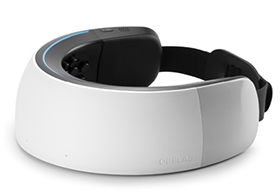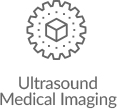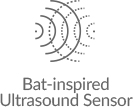
RESEARCH
fNIRS
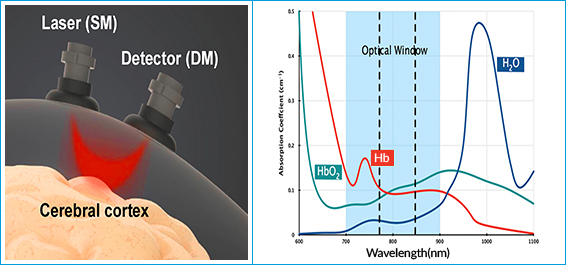
Near-Infrared Spectroscopy (NIRS)
Neuronal activity is known to be associated with then changes in the blood oxygenation and deoxygenation due to functional brain activities. These changes are referred to cerebral hemodynamics. The difference in the near-infrared absorption spectra of oxyhemoglobin (HbO2) and deoxyhemoglobin (HbR) enables the concentrations of the two molecules to be separately identified. NIRS employs wavelengths of 600 to 900 nm, which experience very low levels of absorption in tissues, allowing deeper penetration into a brain tissue.
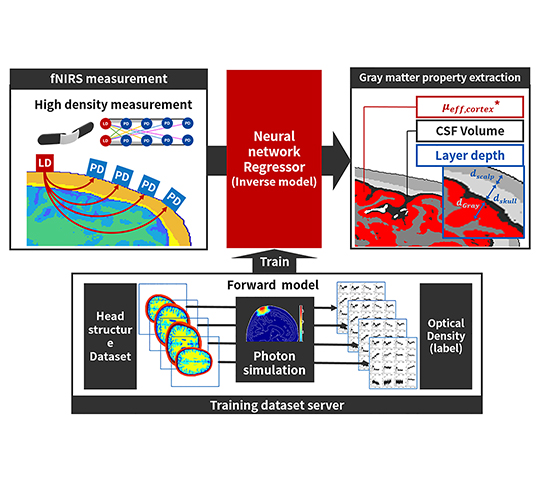
AI based NIRS signal processing
Conventional modeling method used for analyzing the brain property through NIRS has some limitations. Since human brain is complex system to investigate, there are difficulties to produce accurate mathematical model. To overcome this problem, several ideas from deep-learning are actively introduced. Extracted results from trained neural network regressor show better performance than conventional modeling.
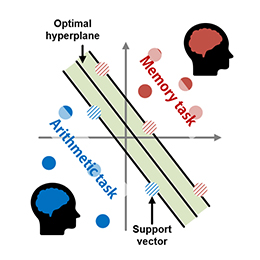

Portable NIRS system using IC technology
Conventional devices were not suitable for daily diagnosis or cognitive task monitoring due to their bulky size. To solve this problem, we can make the system portable. IC technology is a strong tool for miniaturizing a system while maintaining or even enhancing the overall system performance. Based on our research group’s understanding on IC design, we were able to create a portable NIRS system (NIRSIT). Further research is conducted to improve hardware functionalities. We are always looking for better ideas to apply in our system.
